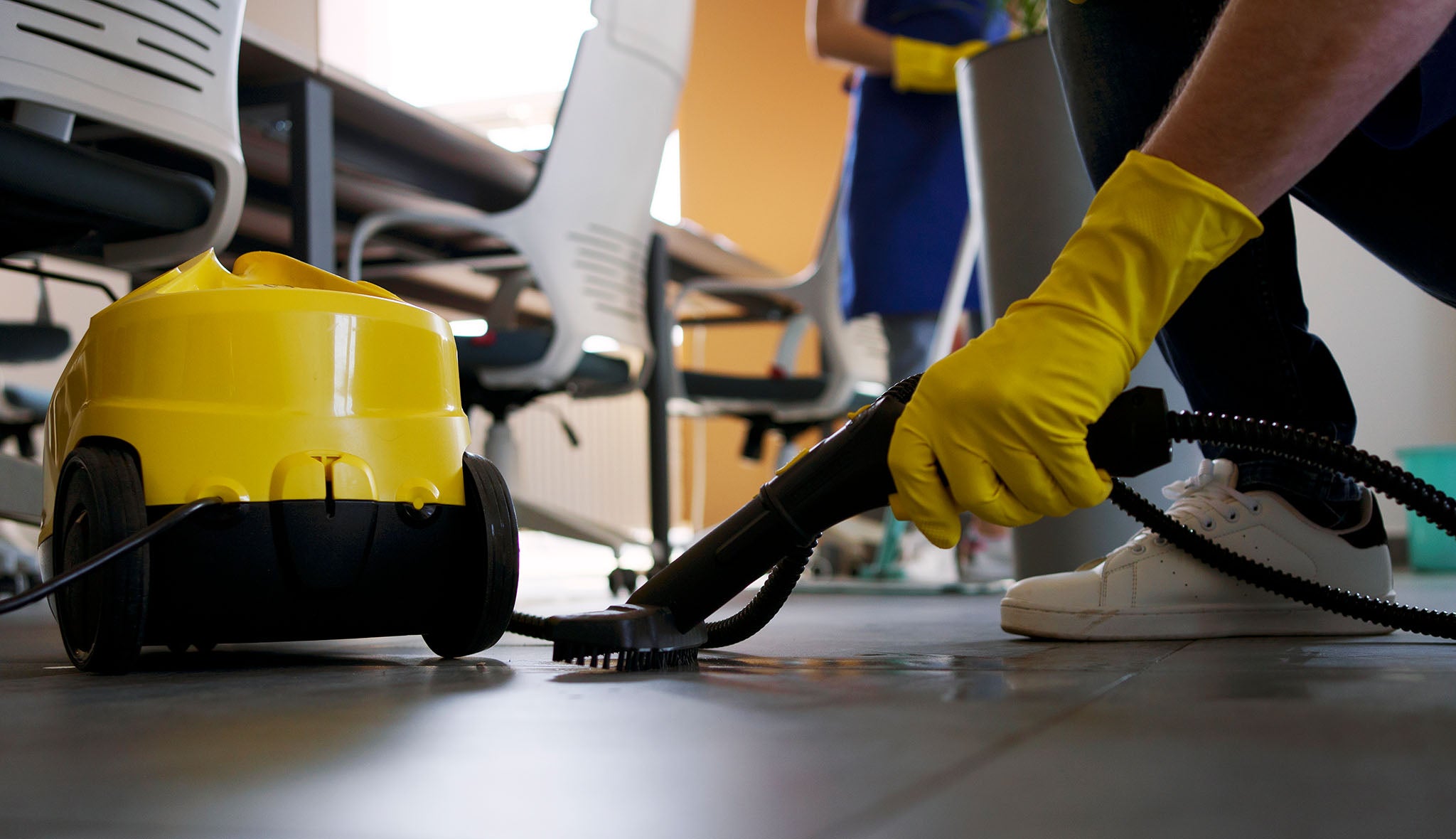
Cleaning Business Health and Safety Templates & Guidance
Pre-filled, editable health and safety templates for professional domestic and commercial cleaning businesses — including risk assessments, COSHH assessments, health and safety policies, electrical safety, and more to keep your business safe, professional, and compliant.
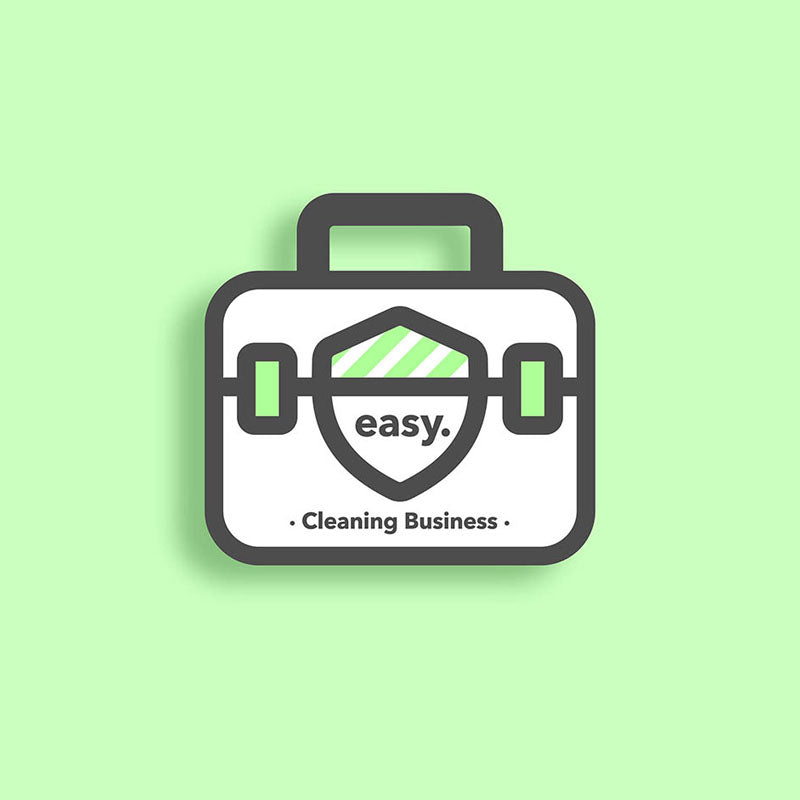
Keep your Cleaning Business safe and compliant with our easy-to-use health and safety templates
Simplify health and safety management in your cleaning business with our professional, industry-specific templates. Whether you’re a self-employed cleaner, manage a small cleaning team, or run a commercial cleaning company, our editable templates help you stay compliant with health and safety regulations while protecting cleaners, clients, and the public from everyday risks in domestic and commercial environments.
Many templates come pre-filled with detailed, cleaning-specific content — from cleaning risk assessments and health and safety policies to COSHH assessments, accident report forms, and staff safety guidance. This makes completion quick, accurate, and stress-free. With our ready-to-use tools, you can focus on delivering a reliable, professional cleaning service while maintaining the highest standards of safety and compliance.
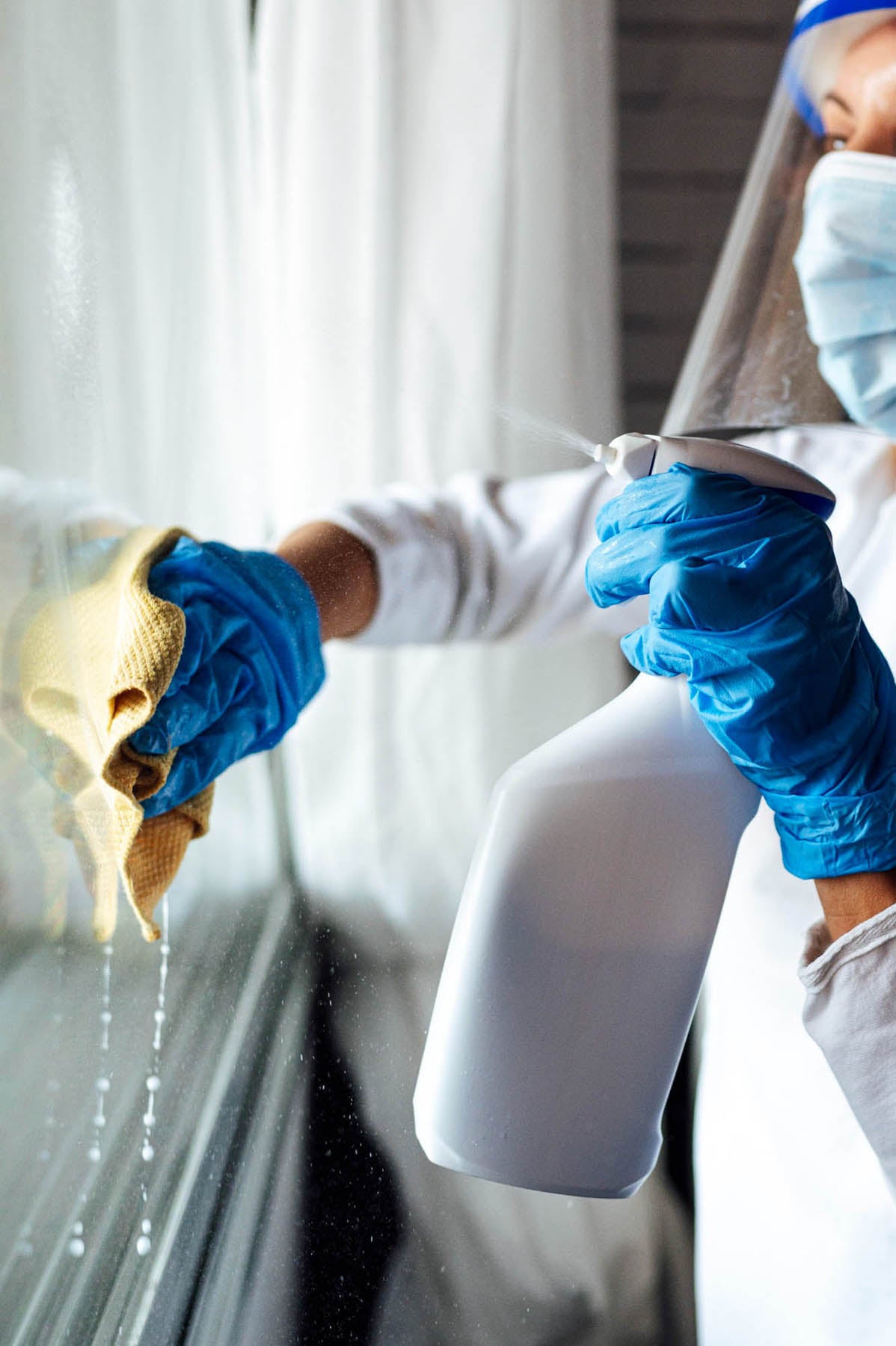
Polish and Protect: Navigating Health and Safety in Your Cleaning Business
Running a cleaning business isn’t just about sparkling kitchens or spotless offices — it’s also about keeping your team, your clients, and yourself safe. Whether you’re tackling domestic cleaning jobs or managing commercial contracts, health and safety should always be at the top of your to-do list.
The Hidden Risks of Cleaning Work
From slippery floors to powerful cleaning chemicals, cleaners face more hazards than most people realise. Domestic cleaners often work alone in private homes, while commercial cleaners may handle specialist equipment or work out of hours. Identifying these risks early with a proper cleaning risk assessment is key to preventing accidents.
Chemical Safety and COSHH for Cleaners
Bleach, disinfectants, and polishes are everyday tools for cleaners, but they can also cause burns, breathing issues, or allergic reactions if handled incorrectly. A COSHH assessment for cleaning businesses makes sure hazardous substances are used and stored safely, protecting both cleaners and clients.
Why Compliance Means Confidence
Keeping on top of health and safety legislation can feel overwhelming, especially for smaller cleaning businesses. But with the right templates — covering cleaning risk assessments, COSHH, lone working, and more — you can stay compliant without starting from scratch every time.
Stay Safe and Shine with the Right Templates
Health and safety doesn’t need to be complicated. Our cleaning business health and safety templates give you pre-filled, easy-to-edit documents designed specifically for domestic and commercial cleaners. From risk assessments to policies, they’ll save you time, reduce stress, and help keep your business safe, compliant, and professional.
Top 3 Health and Safety Hazards for Cleaners:
-

Slips, Trips and Wet Floors
View ProductsOne of the biggest risks in both domestic and commercial cleaning is slips and trips, often caused by wet floors, trailing cables, or cluttered workspaces. These accidents can lead to serious injuries for cleaners and clients. To reduce the risk, cleaning businesses should display warning signs, use non-slip footwear, and ensure cables and equipment are stored safely.
-

Chemical Exposure and COSHH
View ProductsCleaning products such as bleach, disinfectants, and descalers can cause burns, breathing issues, or allergic reactions if used incorrectly. Every cleaning business should carry out COSHH assessments, provide gloves and protective clothing, and train staff on safe handling, mixing, and storage of cleaning chemicals to stay compliant and protect health.
-

Lone Working and Security
View ProductsMany cleaners work alone, either in private homes or in commercial premises outside normal hours. Lone working increases the risks from accidents, personal security issues, or lack of immediate help in an emergency. Cleaning businesses can mitigate these risks by carrying out risk assessments that cover lone working, using check-in systems, and providing clear emergency procedures.

Why pay expensive consultant fees when you can manage health and safety yourself?
Improve your compliance while saving time and money by creating health and safety documents, customised to your business, yourself. Our health and safety range for domestic and commercial cleaning businesses covers a suite of essential templates including health and safety policies, risk assessments, COSHH forms, fire safety, health and safety guidance, safety posters, and more.
Benefits of managing health and safety yourself...
-
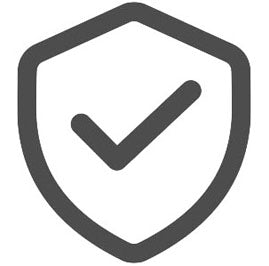
Improve safety
Health and safety at work is about preventing accidents, incidents and ill-health by assessing the work environment, the activities within it, and taking appropriate action.
-
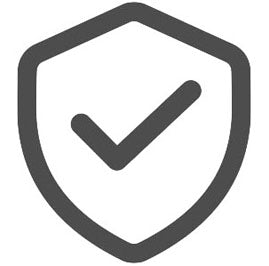
Ensure compliance
Our ready to use templates, many of which are pre-filled, will enable you to quickly increase your compliance to health and safety law.
-
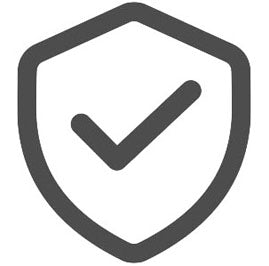
Save money
With health and safety consultants often charging upwards of £400 per day, there is a better way. Take control and save yourself time and money.
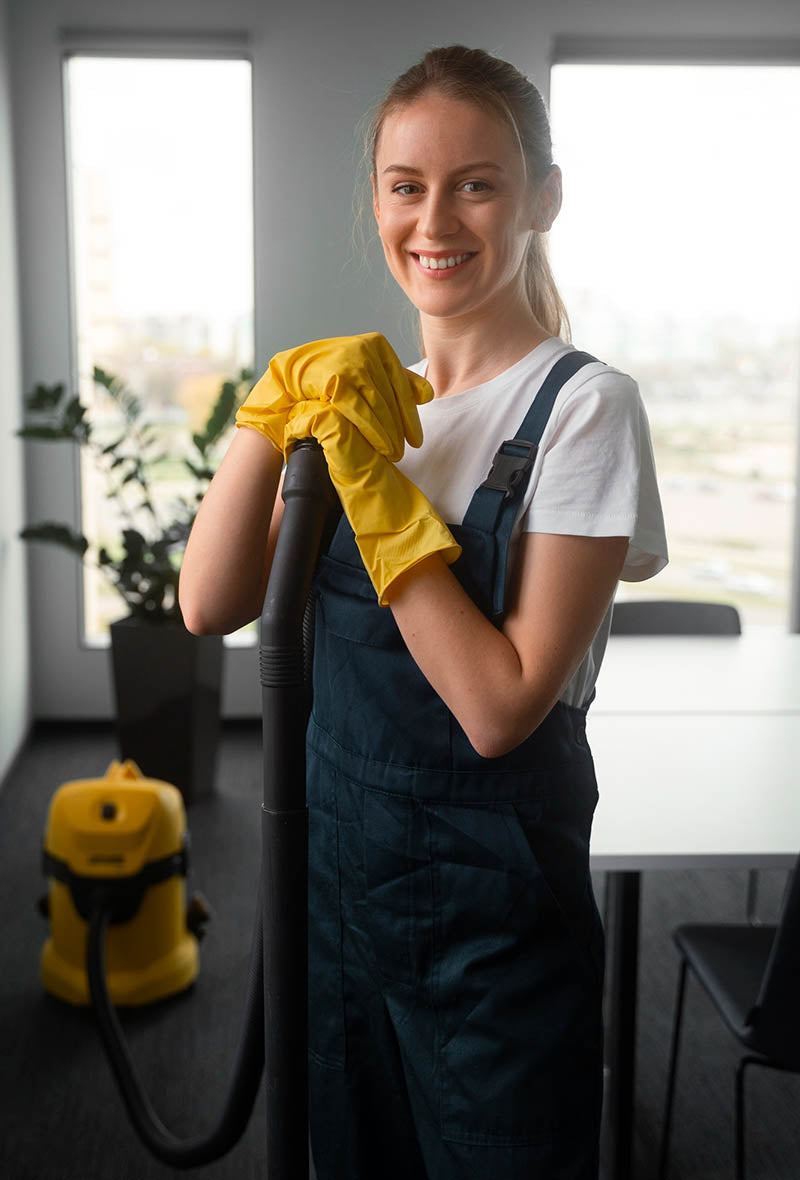
Compliance Hurdles for Cleaning Businesses
For many cleaning business owners, health and safety compliance can feel like an overwhelming challenge. Whether managing domestic cleaning jobs or running a commercial cleaning contract, it’s often difficult to dedicate the time and resources needed to fully meet health and safety requirements.
While the commitment to providing a safe and professional cleaning service is there, the practicalities — such as COSHH assessments, risk assessments, staff training, equipment maintenance, and lone working procedures — can be demanding. This can sometimes lead to shortcuts, which increase the risk of accidents, legal penalties, and reputational damage.
It’s a balancing act that highlights the critical importance of health and safety in the cleaning industry, no matter how small or large the business.
At easyhealthandsafety, we simplify health and safety for cleaners with ready-to-use templates and expert guidance, making compliance quick, hassle-free, and stress-free.
Frequently Asked Questions
Cleaning Business Health and Safety FAQs
How can I create a risk assessment for my cleaning business?
The easiest way to create a risk assessment for your cleaning business is to use a pre-filled, editable template designed specifically for the cleaning industry.
A risk assessment involves identifying hazards, deciding who might be harmed, evaluating the level of risk, and recording the control measures you’ll take. For cleaners, this might include assessing the safe use of cleaning chemicals (COSHH), electrical safety, preventing slips and trips, reducing manual handling strain, managing lone working safely, and more.
Our editable Cleaning Business Risk Assessment Template is pre-filled with industry-specific hazards and control measures, making it quick and simple to complete. You just review the content, adapt it to your business, and add any site-specific details — ensuring your assessment is accurate, compliant, and tailored to your cleaning operations.
Do cleaning businesses need to complete a risk assessment?
Yes. Every cleaning business must carry out a risk assessment to identify hazards and protect staff, clients, and the public.
Under health and safety law — including the Health and Safety at Work etc. Act 1974 and the Management of Health and Safety at Work Regulations 1999 — all employers are required to assess and control workplace risks. If your cleaning business employs five or more people, you must keep a written record of your risk assessment.
Even if you have fewer than five employees or work alone, it’s still strongly recommended to complete one as a best practice measure. A written risk assessment helps you spot potential hazards such as slips, trips, and falls, manual handling, exposure to cleaning chemicals (COSHH), or lone working. It also shows clients and contractors that you take health and safety seriously — building trust, protecting your reputation, and reducing the likelihood of accidents or costly claims.
Our editable Cleaning Business Risk Assessment Template makes the process quick and straightforward. It’s pre-filled with common cleaning hazards and control measures, helping you stay compliant, save time, and keep your business, staff, and clients safe.
How do COSHH assessments apply to cleaning businesses?
COSHH assessments are required when using hazardous cleaning products such as bleach, disinfectants, and sprays.
Under COSHH regulations (Control of Substances Hazardous to Health), cleaning businesses must assess the risks of any hazardous substances they use. This includes safe handling, storage, and staff training. A COSHH assessments for cleaners ensure that products like bleach, detergent or disinfectant are used safely, protecting workers and clients.
Our COSHH Assessment Templates are designed specifically for cleaning businesses, making compliance simple and stress-free.
What are the main health and safety risks for cleaners?
The main risks include slips and trips, chemical exposure, and lone working.
Cleaners often face hazards that can lead to accidents or illness if not properly managed. Wet floors increase the chance of slips, strong chemicals pose COSHH risks, and lone working raises personal safety concerns. With tailored cleaning business risk assessments, COSHH assessments, and lone worker procedures, cleaning businesses can control these hazards effectively. Our templates provide ready-made solutions so you don’t have to start from scratch.
What training do cleaners need for health and safety?
Cleaners need training in COSHH, manual handling, preventing slips and trips, and any other potentially hazardous activity undertaken within your cleaning business.
Cleaning staff should also be given clear lone working procedures and emergency instructions. Providing health and safety training not only protects staff but also helps cleaning businesses meet legal requirements.
Our health and safety guidance documents support this by backing up your risk assessments and policies, showing clients and contractors that safety is always a priority.
Do cleaning businesses need a health and safety policy?
Yes. If you employ five or more staff in your cleaning business, you must have a written health and safety policy.
A health and safety policy sets out how your cleaning business manages risks such as slips, trips, chemical exposure, and lone working. Even smaller cleaning companies and self-employed cleaners are strongly advised to have one, as it shows professionalism and commitment to safety.
Our Health and Safety Policy Template is ready-to-use, includes pre-filled examples, and can easily be tailored to your cleaning business, saving time and ensuring compliance.
Do self-employed domestic cleaners need health and safety documents?
Yes. Self-employed cleaners are still responsible for their own safety and their clients’.
If you are self-employed and employ staff, you are legally required to carry out risk assessments and have the right health and safety documents in place. Even if you work alone, you may still be required to complete a risk assessment if your work could affect others, such as clients or the public. At the very least, documents like a Cleaning Business Risk Assessment and COSHH assessments demonstrate professionalism, reduce liability, and can help you win more work. Our ready-to-use templates are ideal for sole traders and small cleaning businesses alike.
How can editable and pre-filled health and safety templates help cleaning businesses?
Editable and pre-filled health and safety templates save time, reduce stress, and make compliance easier for cleaning businesses.
Instead of writing documents from scratch, templates give you a professional framework that covers the essentials — from risk assessments and COSHH assessments to health and safety policies. Pre-filled with cleaning-specific examples, they help you meet legal requirements quickly while showing clients that safety is taken seriously.







